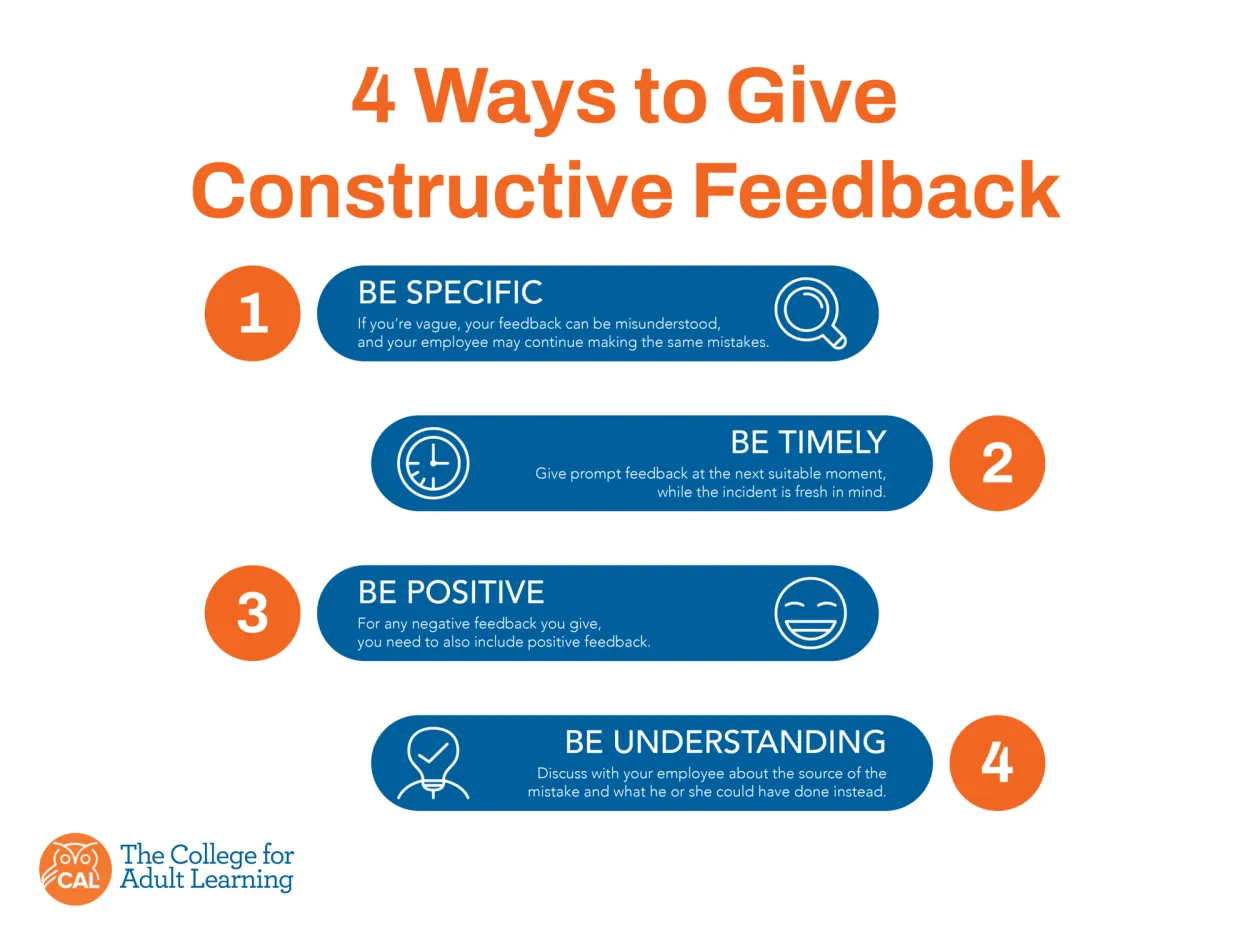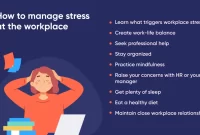Effective feedback is a crucial aspect of personal and professional growth. In this article, we will explore the art of giving and receiving constructive input, providing valuable insights into how to deliver feedback that inspires growth and fosters positive communication.
The Art of Giving Constructive Feedback
Constructive feedback plays a crucial role in personal growth and professional development. It is a powerful tool that can inspire and motivate individuals, helping them improve their skills, performance, and relationships. By mastering the art of giving constructive feedback, you can effectively contribute to the growth and success of others.
To give effective feedback, it is essential to approach the situation with empathy and tact. Start by setting a positive tone and expressing your genuine intention to help. Be specific in identifying the areas where improvement is necessary, focusing on behavior or actions instead of personal attributes. This ensures that the feedback remains constructive and non-threatening.
Providing specific examples is key to delivering meaningful feedback. Use concrete instances to illustrate your points, emphasizing the impact of certain behaviors or actions. This helps the recipient understand the need for change and provides them with a clear roadmap for improvement.
It is vital to be objective and fair when giving feedback. Avoid biases or personal judgments that may cloud your evaluation. Instead, focus on the facts and the impact of the behavior on the individual or the team. By maintaining objectivity, you create a safe space for open dialogue and learning.
Timing is crucial when delivering feedback. Choose an appropriate moment when the recipient is receptive and can give their full attention. Private settings allow for candid conversations, but be mindful of maintaining confidentiality. Remember that the goal is to help the individual grow, not to embarrass or criticize them.
Lastly, encourage dialogue and active participation from the recipient. Give them room to ask questions, share their perspective, and contribute to finding solutions. By involving them in the process, you foster a sense of ownership and commitment to improvement.
In conclusion, giving constructive feedback is an art that requires empathy, objectivity, and effective communication skills. When done right, it has the power to inspire growth, enhance performance, and strengthen relationships. By mastering this art, you become an invaluable catalyst for positive change and development in others.
How to Receive Feedback Positively and Grow Professionally
Receiving feedback is a crucial aspect of professional growth. When delivered in a constructive manner, feedback can provide valuable insights that help individuals enhance their skills and abilities. However, receiving feedback can sometimes be challenging, as it may feel personal and expose vulnerabilities. Here are some strategies to help you receive feedback positively and use it to your advantage:
1. Stay Open-Minded
Approach feedback with an open mind and a willingness to learn. Remember that feedback is not a personal attack, but rather an opportunity to improve. Avoid becoming defensive and instead focus on understanding the perspectives and suggestions offered.
2. Listen actively
Listening carefully demonstrates respect for the person giving feedback. Practice active listening by maintaining eye contact, nodding to show understanding, and asking clarifying questions. This will not only help you grasp the feedback accurately but also develop a collaborative environment.
3. Seek clarification
If there is something you do not understand or need further clarification on, do not hesitate to ask questions. Request specific examples or suggestions for improvement to ensure you have a clear understanding of the feedback’s intention and how to apply it effectively.
4. Take time to reflect
After receiving feedback, take some time to reflect on what was shared. Consider the validity of the feedback and how it aligns with your goals and aspirations. This reflection will allow you to objectively evaluate the feedback and determine the necessary actions for growth.
5. Appreciate and express gratitude
Show appreciation for the feedback received, regardless of whether it was positive or critical. Expressing gratitude demonstrates maturity and a willingness to learn and grow. Furthermore, it encourages others to provide feedback in the future.
6. Take action
Feedback alone is not sufficient to foster growth. It is essential to take action based on the feedback received. Identify areas for improvement and develop an action plan to address them. Regularly revisit the feedback to track your progress and make adjustments as needed.
By following these strategies, you can receive feedback in a positive and proactive manner. Embrace feedback as an opportunity for professional growth and leverage it to enhance your skills and capabilities.
Creating a Feedback Culture for Continuous Improvement
In today’s fast-paced and competitive work environment, creating a feedback culture is crucial for continuous improvement. By fostering an atmosphere where constructive input is encouraged and valued, organizations can drive growth, enhance employee engagement, and increase overall performance.
1. Promoting Open and Honest Communication
The first step in creating a feedback culture is to promote open and honest communication. Encourage employees to share their thoughts, ideas, and concerns without fear of reprisal. Establishing trust and psychological safety within teams is essential for effective feedback exchange.
2. Providing Timely and Specific Feedback
Feedback should be provided in a timely manner to ensure its relevance and impact. It should also be specific, focusing on behaviors or actions that can be improved. Vague feedback can lead to confusion and hinder growth. By offering clear and actionable suggestions, individuals can understand how to make meaningful changes.
3. Encouraging a Growth Mindset
Creating a feedback culture requires fostering a growth mindset among employees. Emphasize that feedback is an opportunity for learning and development, rather than a criticism. Encourage individuals to view feedback as a way to enhance their skills and reach their full potential.
4. Training on Feedback Giving and Receiving
Effective feedback skills are not innate and can be learned. Provide training and resources on how to give and receive feedback constructively. This can help employees develop the necessary skills to provide meaningful input and to accept feedback with an open mind.
5. Recognizing and Rewarding Feedback Initiatives
To sustain a feedback culture, recognize and reward individuals who actively participate in providing constructive feedback. This can be done through formal recognition programs or simple acknowledgments. By valuing and appreciating feedback initiatives, organizations can reinforce the importance of a feedback culture.
Conclusion
In conclusion, providing and receiving effective feedback is crucial for personal and professional growth. Constructive input helps individuals improve their skills, enhance their performance, and foster better relationships. By embracing open communication, active listening, and empathy, we can create a positive feedback culture that promotes continuous learning and development.




